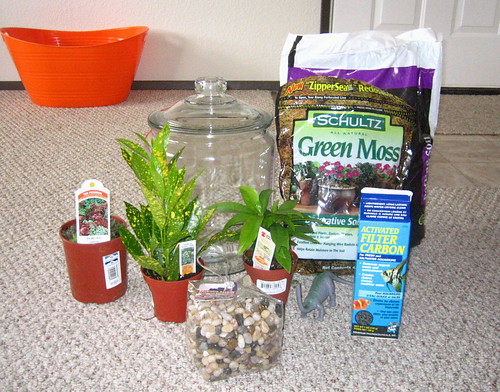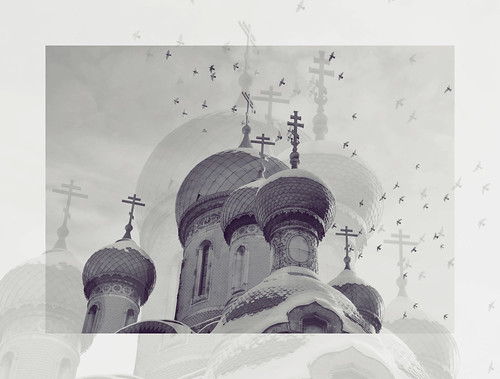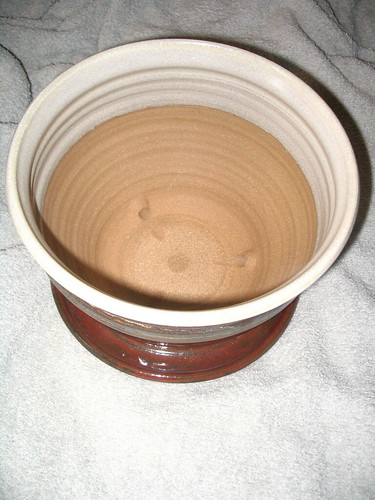This post was sent 10/21/13
Lynn, who just finished her 2 year stint in the Peace Corps in Botswana, Africa and had sent TheGardenLady readers some photos and blurbs about Mmathethe, the town she stayed in Botswana, is finishing her African stay with a revisit to South Africa before returning to the states and hopefully another job where she can travel to exotic places on the globe. She sent this paragraph and photos taken during a hike of some of the myriad fields of wild flowers she saw in South Africa. She did not name the plants but TheGardenLady will try to fill in the names and information about the photos. ( If I am wrong and someone knows the names of the plants I do not recognize or know, please email TheGardenLady and correct me.)
From Lynn:
The Western Cape of South Africa is all about many things—awesome people, delicious wines, and coffee shops with character, but this time of year (spring in the southern hemisphere), the Western Cape lights up it’s incredible hills, and further afield, it’s arid landscapes burst into flower. Sometimes it’s as if you’re looking through a kaleidoscope with all it’s brilliant colors. Just driving through the wine lands, purple and white flowers surround the new crops of grapes growing, and on hikes through the nature reserves, fynbos, butterflies, and other flowers I can’t name are just everywhere. No matter if you venture all the way up to Namaqualand, or if you’re just riding around, it’s all special, as is Africa, if you’re a flower lover or not.
1. The first photo is of a flower called a Protea in a place called Fynbos.
Google up images of Fynbos to see the variety of flowers, especially the Protea growing there. Wikipedia writes this about the Protea, “The genus Protea was named in 1735 by Carl Linnaeus after the Greek god Proteus, who could change his form at will, because proteas have such a wide variety of forms. ”
Continue reading “The Beauty of the Western Cape of South Africa”








